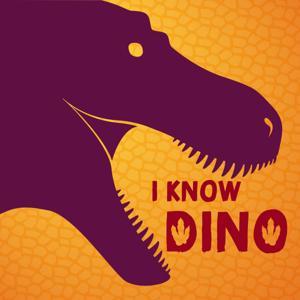The gang discusses two papers that provide nuanced information to test when key innovations in vertebrate evolution occurred. The first paper looks at unique semi-terrestrial trace fossils in the early Devonian in order to determine the trace maker, and the second paper looks at fossils that could provide information about the origins of teeth. Meanwhile, Curt has theme park ambitions, James provides Amanda with new anxieties, and Amanda leaves it all to chance.
Up-Goer Five (James Edition):
The group talk about two papers that are looking at the earliest time things have been seen in the rocks. The first paper looks at some tracks in the rock left by animals with no legs that live in the water but can gasp air. We have looked at tracks from the same place before where the animals stuck their faces into the ground. The new tracks come in two forms. The first is where the animal took a rest and its bits that it uses to move in the water stuck in the ground. The other track is where it had to come out of the water and moved around on land. It used its head to pull it along as it moved. The track made by this is the same as tracks made by the same type of animal that still lives today. This is the oldest case of this type of animal moving on land and shows that animals with hard parts inside them began to move onto land in lots of different ways.
The other paper looks at the supposed earliest time we find teeth growing on skin. This is interesting because there are several ideas about why the teeth began to grow on the skin, so when it first started could help tell which of these reasons is true. The skin teeth bit has been considered the same as an animal with no legs that lived in the water that was found in younger rocks from a different place, but when studied up close it does not look like the thing it is named as. By using lights to look inside the rock and seeing whether it looks the same as skin teeth on living animals it is shown that the old skin teeth are not skin teeth at all but actually are parts of the skin of a different animal with no hard parts inside that has legs that move in many places.
References:
Haridy, Yara, et al. "The origin of vertebrate teeth and evolution of sensory exoskeletons." Nature (2025): 1-6.
Szrek, P., et al. "Traces of dipnoan fish document the earliest adaptations of vertebrates to move on land." Scientific Reports 15.1 (2025): 28808.
Falkingham, Peter L., and Angela M. Horner. "Trackways produced by lungfish during terrestrial locomotion." Scientific Reports 6.1 (2016): 33734.




































